Adventurous travelers cringe at the thought of sipping watered-down Piña Coladas at an all-inclusive resort in the Dominican Republic’s Punta Cana. Many vacationers never make it past this famous destination. Yet the country, which is a two-hour flight from Miami, has the raw natural beauty to keep thrill hunters occupied for weeks on end. To see it, get out of Punta Cana and make your way up to El Limón.
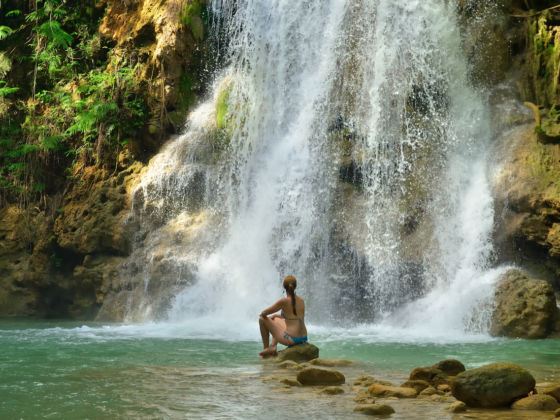

Skip Punta Cana for the Real Dominican Republic in El Limón
El Limón is a municipal district at the end of the Las Terrenas-Sánchez highway, about three hours from Santo Domingo. It’s an effortlessly beautiful village on the north end of the Samaná peninsula that butts up against the Atlantic Ocean. Getting there is an experience in itself. You enter the village by descending the curviest, most scenic road in the Caribbean while surrounded by palm trees and more shades of green than you likely knew existed. Once in the municipal district, there’s one main road that connects you to wherever you need to go.
The first activity on your list should be a hike to Salto El Limón, a 130-foot-tall waterfall at the end of a 1.5-mile trail through the forest. Spending time around here and not visiting the waterfall is like going to Paris and not seeing the Eiffel Tower. The waterfall is one of the most beautiful in the country, and you’ll see travelers and locals alike making their way up to snap photos of the blue-green water.
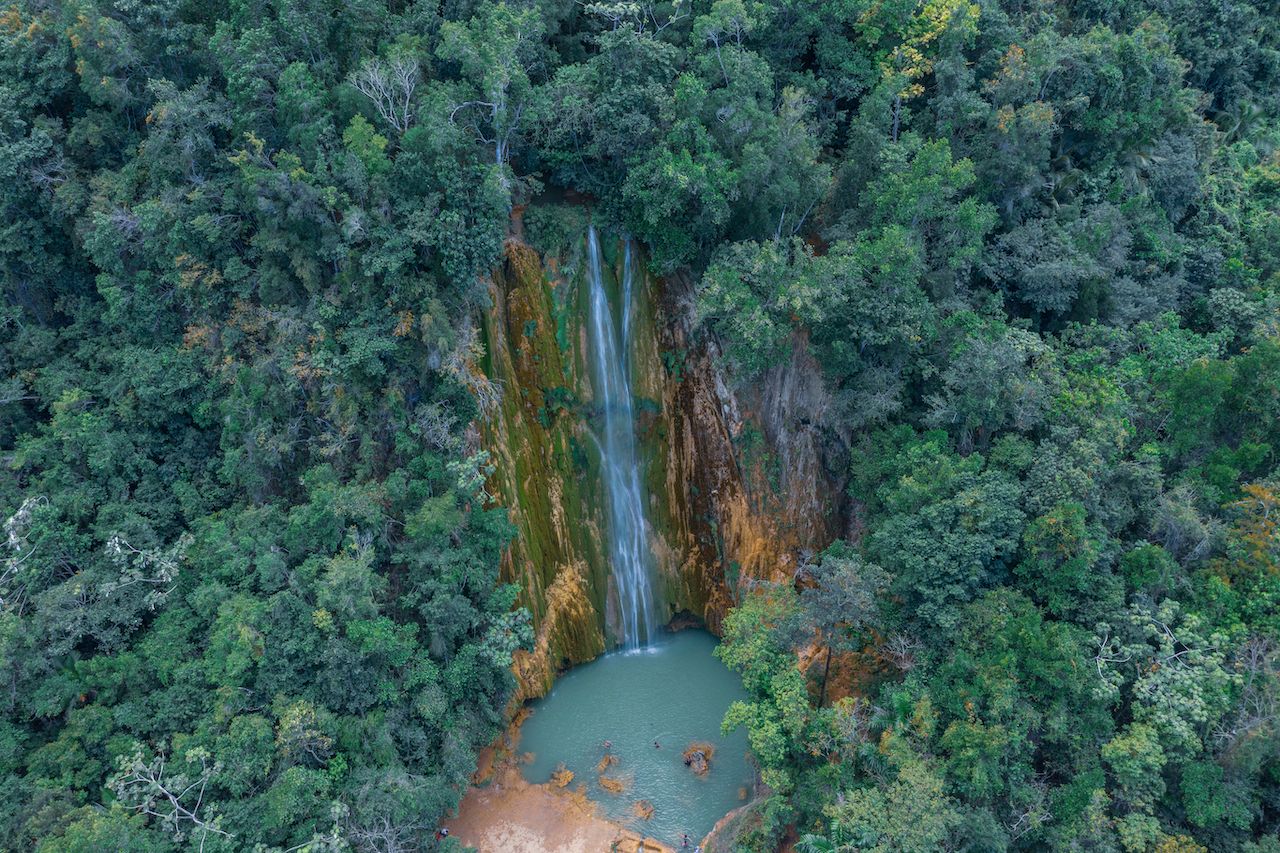
Photo: Petr Zyuzin/Shutterstock
There are two ways to get to Salto El Limón. The easiest is to rent a horse and hire a guide from town, which is both quick and cheap. If you’d rather walk, the medium difficulty hike takes about 45 minutes. Be ready to sweat and feel some thigh burn. There are many routes, and it’s a good idea to hire a local guide if you want to make sure you take the fastest and cleanest one. Guides will take you up there for as little as $6.
Once you’ve taken in the main waterfall, look for the stairs on the right and walk for another 15 minutes. You’ll reach a smaller and equally as beautiful waterfall that’s much less crowded and quite cozy. The best time to visit the waterfall is during the rainy season, June through November, when the pool is full enough for swimming.
Get a taste of DR’s cigars.
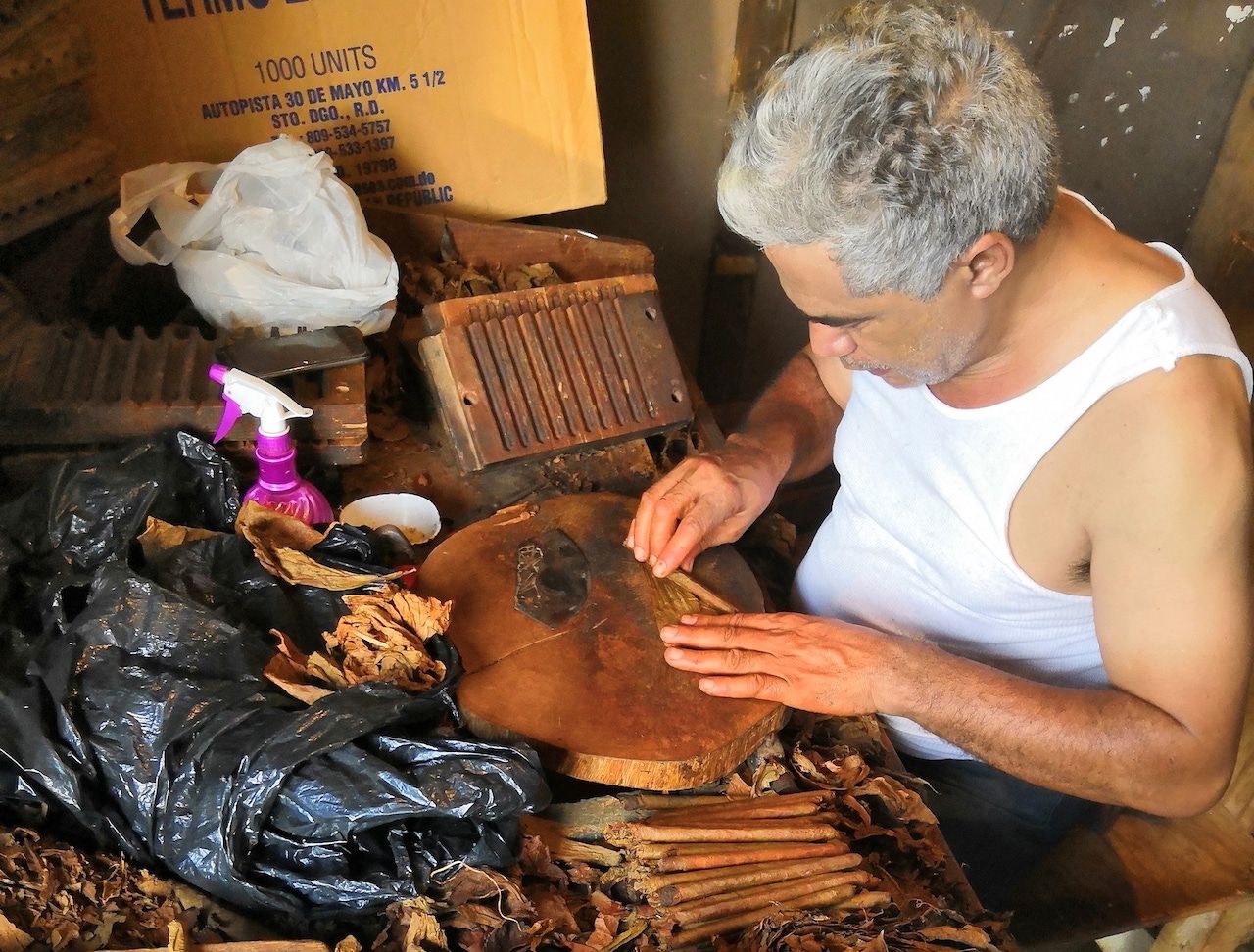
Photo: Dayana Aleksandrova
Cuban cigars get much of the glory, but the cigars from the Dominican Republic deserve your attention. Head to the communal pool in El Limón and look across the street for a small blue shack with a sign that reads “cigar shop.” Here, you’ll find the workspace and second home of Don Juan Mejia, a famous tobacco craftsman. It’s an educational experience of the first order, and you’ll meet the man himself when you visit.
Don Juan is originally from Santiago, in the western part of the country, and he started making cigars more than 40 years ago out of necessity when he had nothing to eat for days on end and had to scavenge for food with his machete. Times have changed.
He typically arrives at his shop around midday to begin the process of rolling, drying, and cutting the cigars. Everything for sale is handmade, and watching him work is pure meditation. Ask him about anything cigar-related, like how to find the perfect cigar, where the ingredients come from, and what type of tobacco Fidel Castro and Ernest Hemingway preferred. I recommend grabbing a packet of Hemingways or Torpedos. For gifts, grab a box of the thinner vanilla-scented cigars.
Explore the outdoors and sleep in a remote eco-lodge.
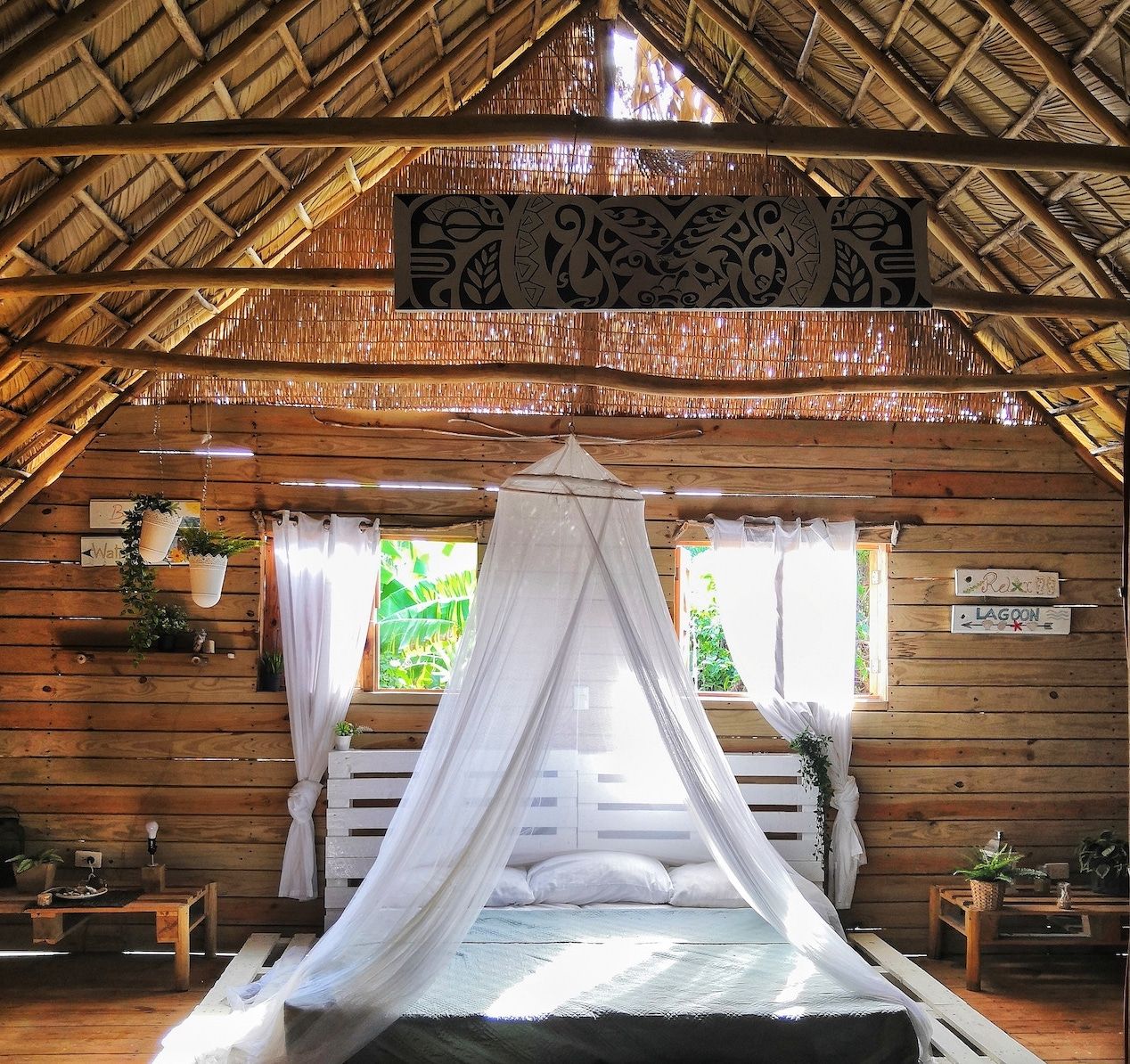
Photo: Dayana Aleksandrova
The waterfalls aren’t the only way to get your outdoor fix here. Horseback rides on the beach are popular and readily available. There’s rock climbing above Playa Frontón on a steep but easily accessible face, and surfing (as well as surfing lessons) in the Atlantic at Playa Bonita and beyond. After dark, completely immerse yourself in nature at the Samana Ecolodge and take in El Limón’s night sky, clear and full of stars.
The lodge is an eco-hotel, a term that varies depending on where you are in the world. Here, it means what the name suggests. The cozy wooden cabins are made entirely of organic materials, with expansive views of the sky that put it somewhere between glamping and staying in a traditional hotel. The sunrises off the coast are unreal, and the birds celebrate each morning with a seemingly endless choir of tweets and twacks. Breakfast will most likely be an organic omelet with a side of passion fruit grown on the property. The lodge is located on a quiet field that’s about a five-minute walk from the road, so you’ll be connected to the village while having plenty of peace and quiet.
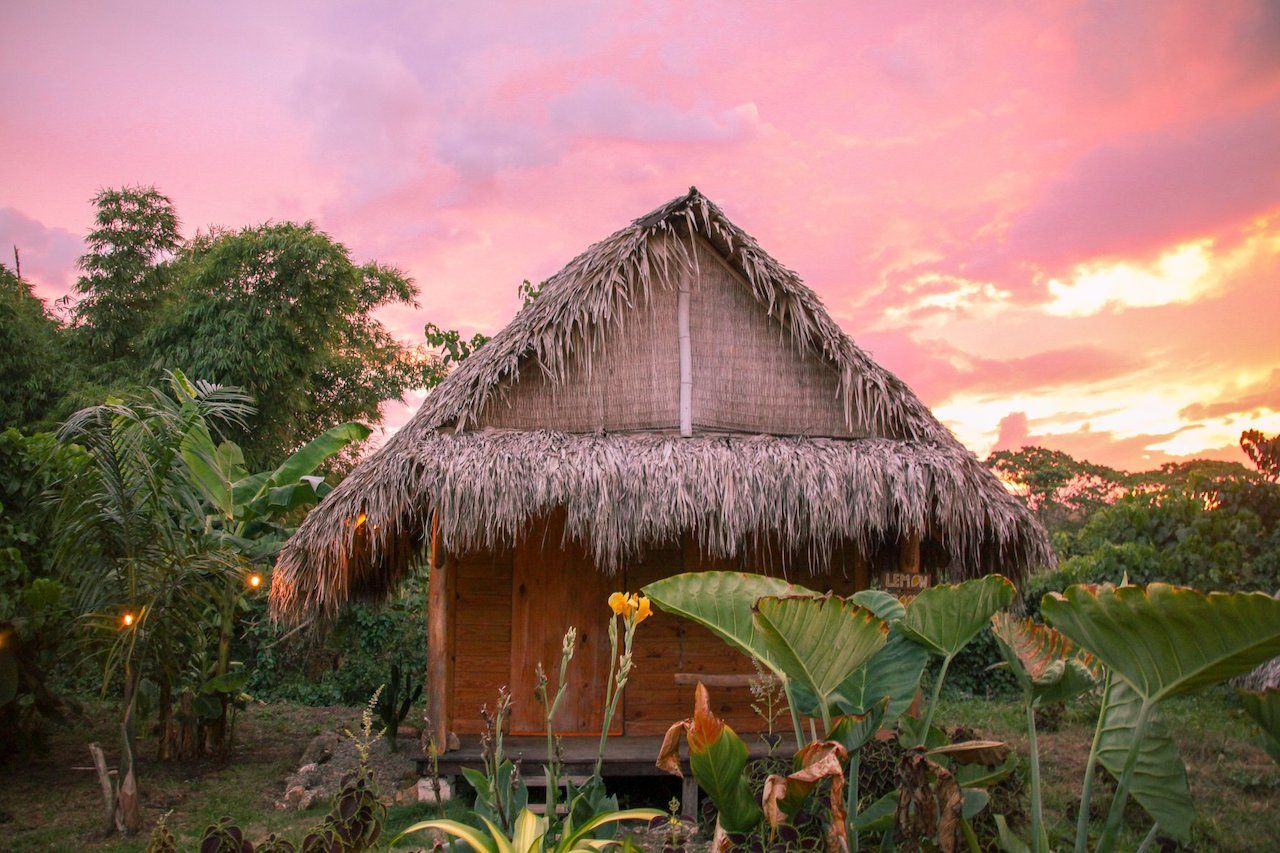
Photo: Samana Ecolodge/Facebook
There’s no way to pass through El Limón and miss the local watering hole, called the rollito. This natural pool is connected to a river and provides much-needed relief from the strong sun. Local families come here to swim, listen to bachata, and hang out. There’s a restaurant next to the pool that serves traditional food. Go for the fried chicken, tostones (fried green plantains), beans, and salad with an ice-cold bottle of Presidente beer. A meal goes for around $6 per person, and the portions are big. Hanging out here will give you a look into the daily lives of locals, and if you speak Spanish, you’ll be chatting it up with a villager in no time.